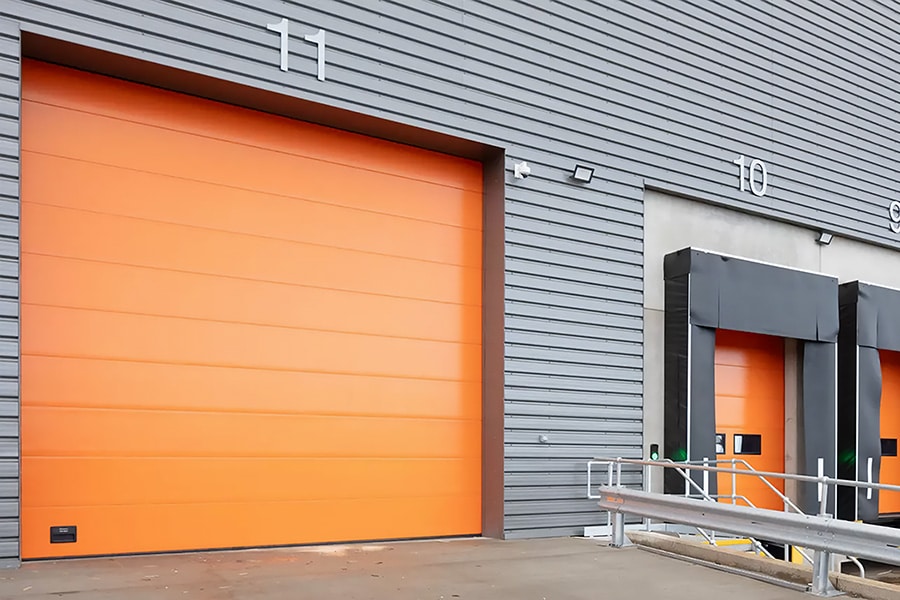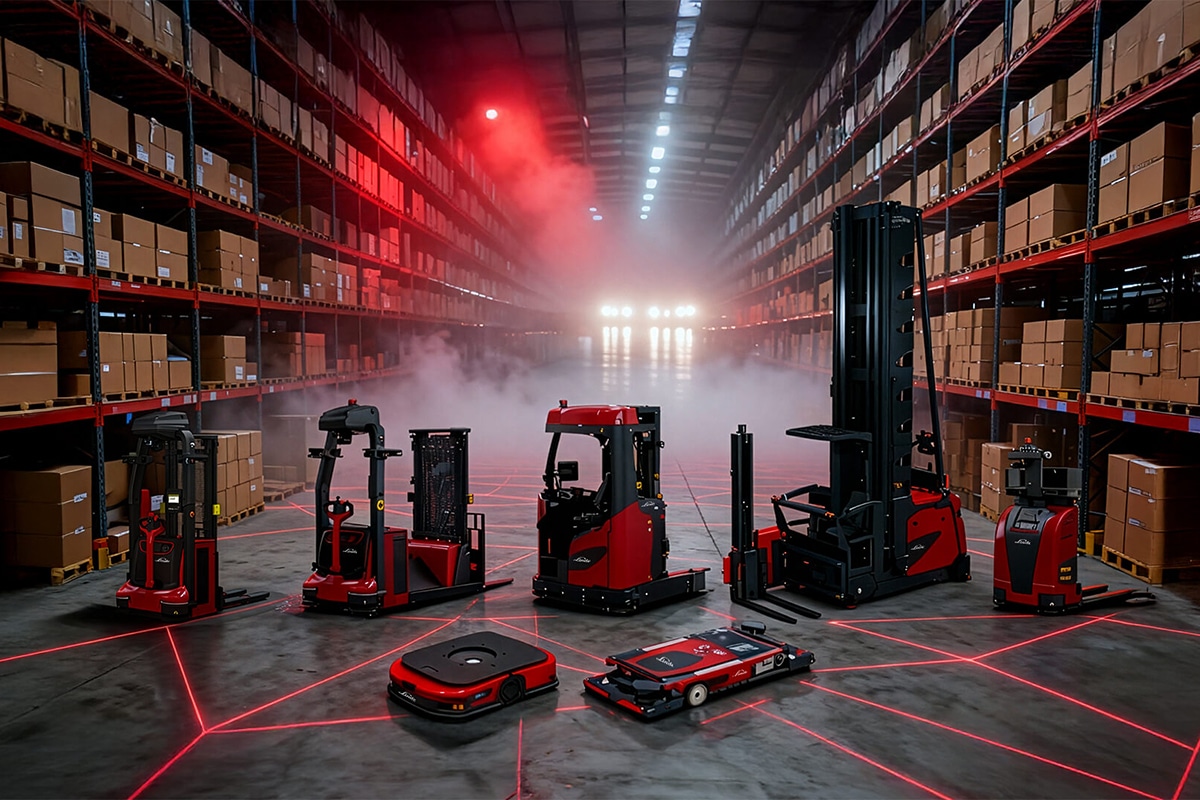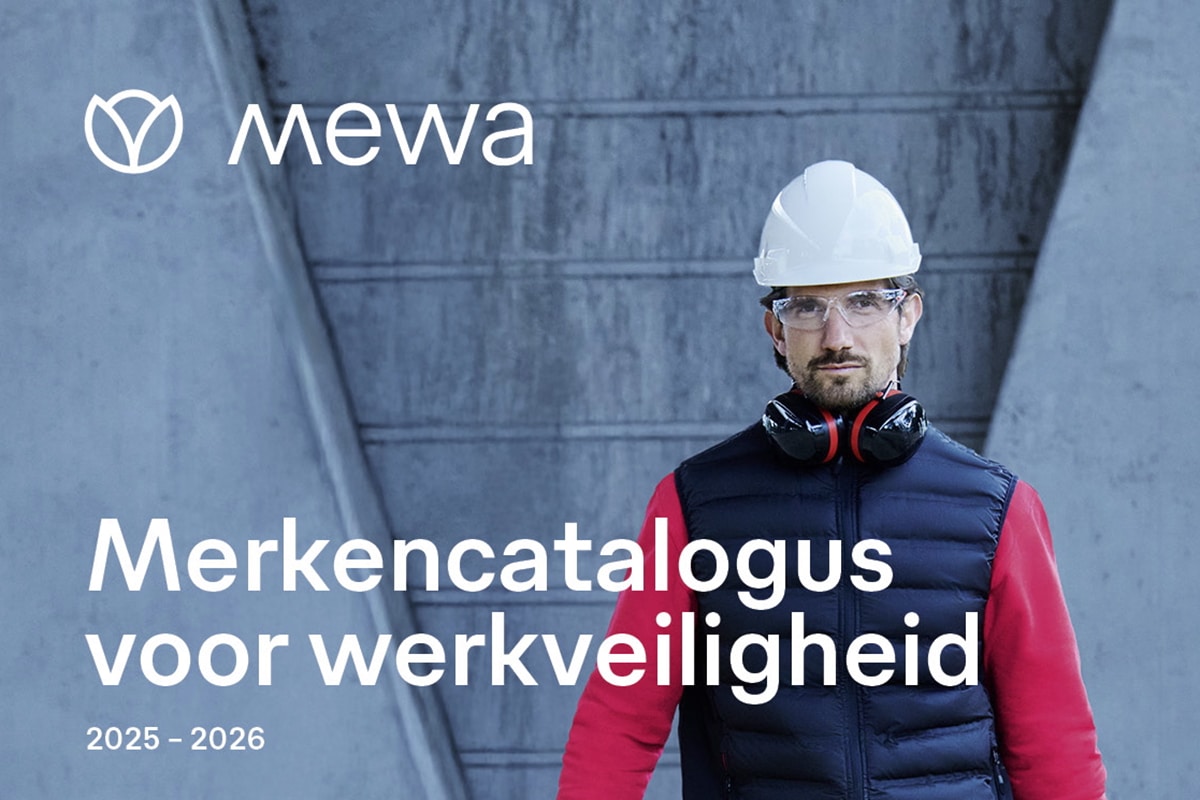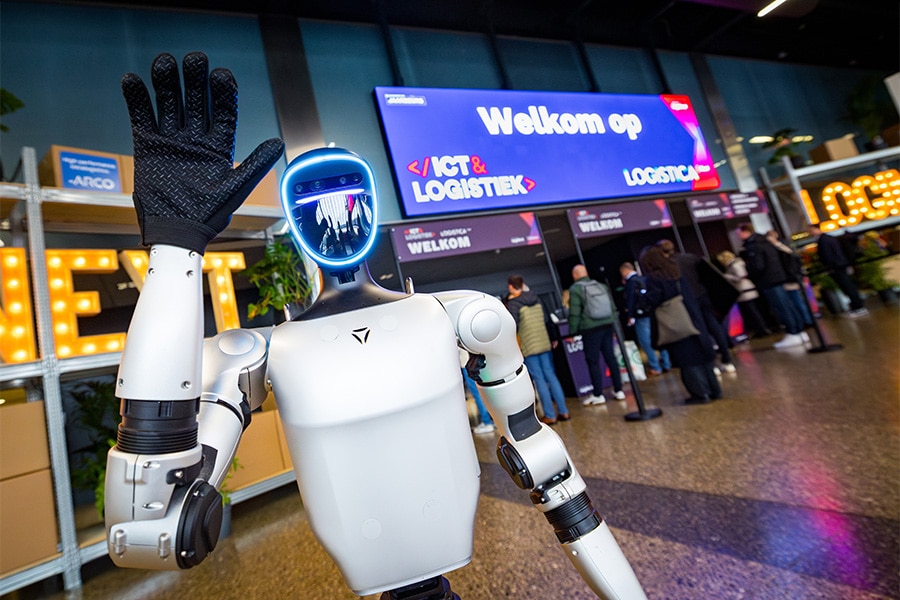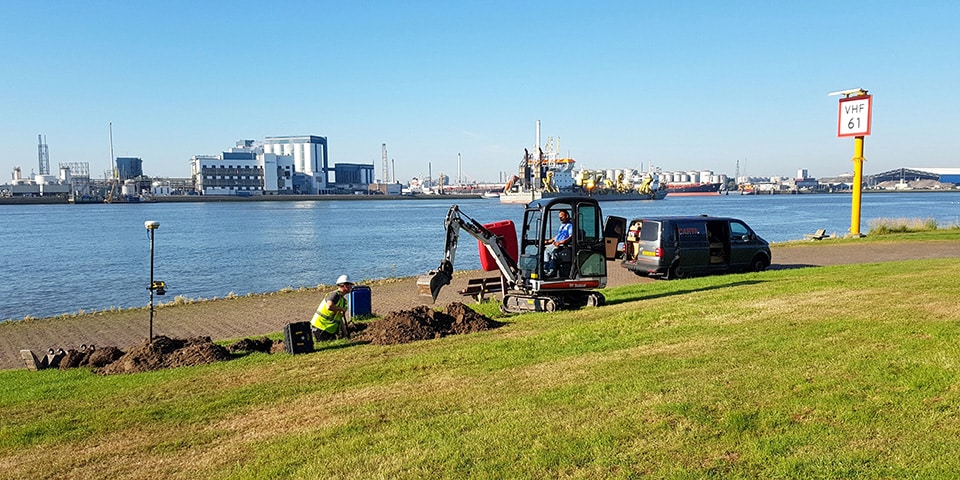
A reliable picture of the cable situation
The WION Act requires network operators to provide up-to-date and reliable maps and drawings of underground cables and pipes. Terra Carta says it has elevated locating these underground networks to an art. "If we say that a cable or pipe is there, then you can assume with certainty that it is correct. That sounds logical, but it certainly isn't always so in the market," says director Karel Meinen.
According to Meinen, the WION Act has been causing a stir for a few years now. "Network operators have a certain obligation in relation to the location of cables and pipes, but they, like the other stakeholders, struggle with issues such as 'who is responsible for what?' We as Terra Carta hover between all the actors. Whether it's the contractor, the engineering firm, the network operator or the earth mover, they all benefit from a reliable picture of the cable situation. The data just has to be right. The power of using detection techniques does not lie in the technology itself, but in particular in the user's knowledge in the field of application."
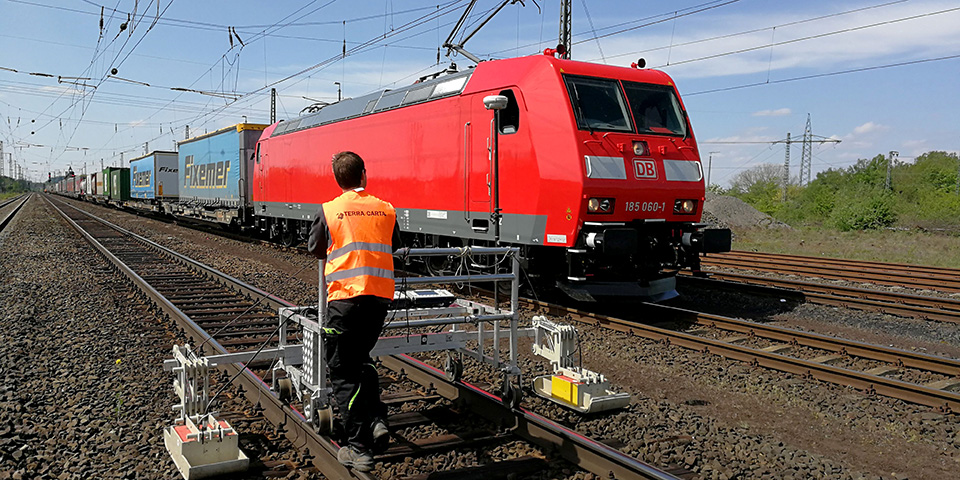
The ground penetrating radar, cable locator and authentic test trenching, Terra Carta knows how to coordinate seamlessly.
Carpenter
Terra Carta is an exploration company and uses equipment to locate cables and pipes. "We approach that differently than just assuming technology," Meinen emphasizes. "There is much more involved. It starts with knowing what you're doing." Meinen makes an apt comparison between a carpenter and the man with the hammer. "The carpenter knows what he's doing and is knowledgeable, about his tools and the different types of wood, while the man with the hammer lacks a piece of expertise. You can transport that image to the world of cable and pipe locating in our country. We emphatically profile ourselves as that 'carpenter' and are constantly trying to take the way we work to a higher level. That also happens software-wise, using Artificial Intelligence for automatic parabola recognition and identification, for example."
Terra Carta primarily uses three techniques. "The ground radar, cable locator and authentic test trenching, we know how to coordinate seamlessly," says Meinen. "All that information we combine with information from the KLIC so that detection points can be assigned to a particular cable or pipe. We do that for a wide range of clients, from the Department of Public Works, municipalities and grid operators to large contractors, engineering firms and Shell."
